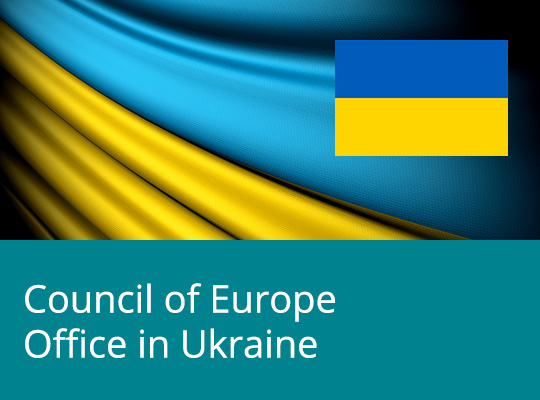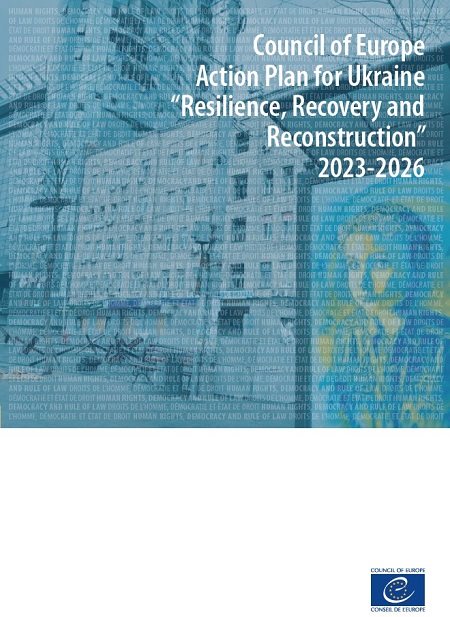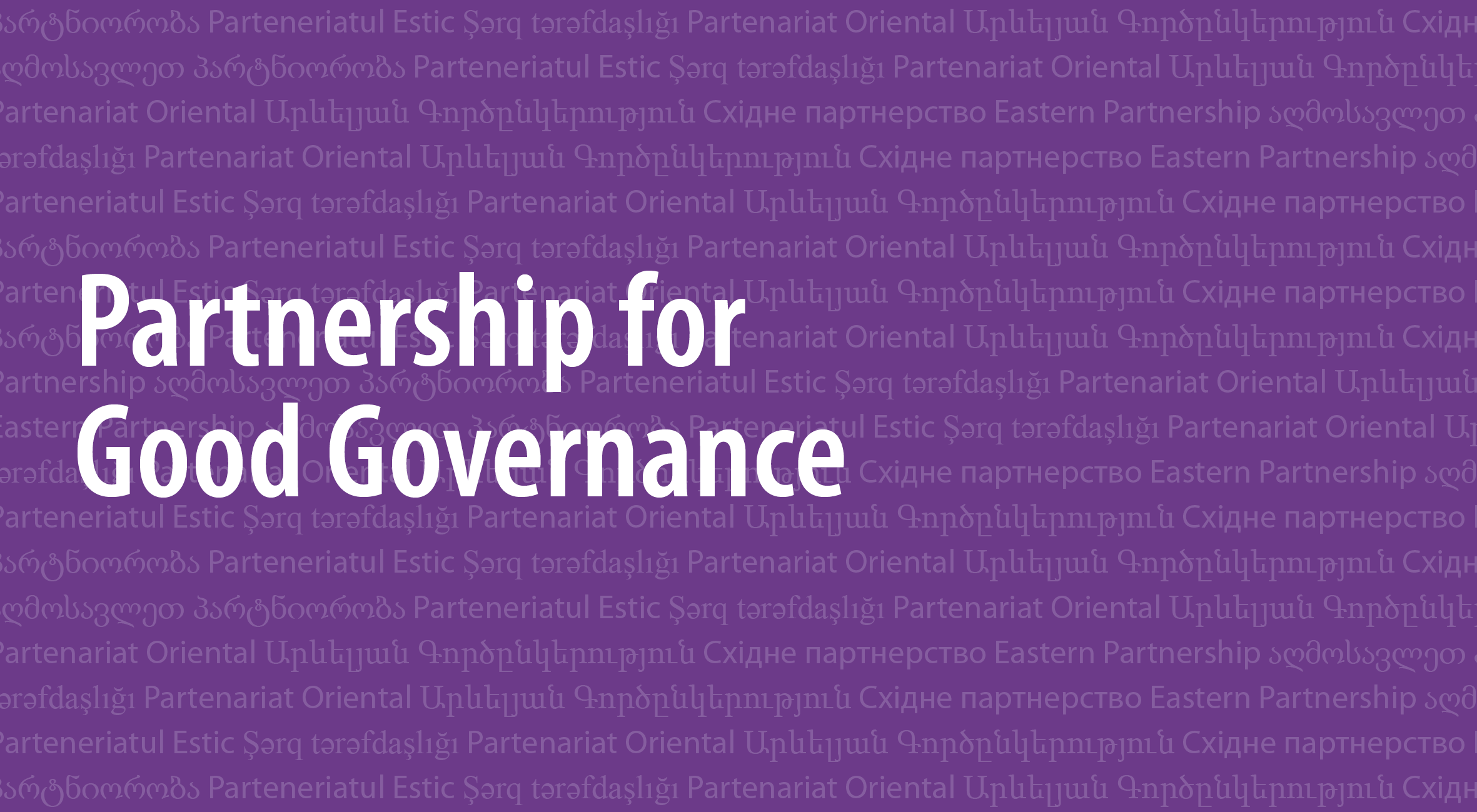The Council of Europe project “Youth for Democracy in Ukraine” has translated into Ukrainian the Living Library organiser’s guide “Don’t judge a book by its cover!”
The first-ever Living Library (Menneske Biblioteket in Danish) was organised in Denmark in 2000 at the Roskilde Festival. The original idea had been developed by a Danish Youth NGO called ’Stop the Violence’ (Foreningen Stop Volden) as part of the activities they offered to festival goers. The Living Library became part of the Council of Europe’s programmes in 2003 and the driving force behind its inclusion was the realisation that human rights cannot be defended and promoted by legal texts alone. The first edition of “Don’t judge a book by its cover – The Living Library Organisers Guide” was published in 2005.
“As it has spread around the world, the Living Library concept has continued to respond to localised contexts while maintaining the original aim: to challenge stereotype, stigma, prejudice and discrimination,” the Guide says.
To explore the practicality of the Living Library technique for youth work in Ukraine, the Project talked to Yulia Ielfimova, a national consultant for the Council of Europe project “Youth for Democracy in Ukraine”, member of the Youth Peace Ambassadors Network, and a youth worker at the Centre for European Initiatives NGO.
What is the Living Library?
The Living Library is a space for overcoming prejudice and discrimination through communication, a discrimination-free space where every story is important. “Its ‘books’ are real people, and ‘reading’ at it means communicating face-to-face”.
Tell us, please, where and when did you first get acquainted with the Living Library methodology?
I cannot recall the precise moment, but it seems that it happened during an activity held by the Youth Department of the Council of Europe at a youth centre.
Why did you start using this methodology in your youth work?
This methodology is very accessible and helps to build empathy for the person who tells their story through direct communication with them, ask open and frank questions that concern you here and now, and most importantly, communicate with people whom youths may not meet every day, or even if they do meet them, they either fail to notice such people or treat them with a pre-existing prejudice. This is a space where one can get this experience in a safe environment while communicating with a specific person.
What topics do you try to explore by organising Living Libraries?
Our topics changed according to the triggers that arose in society concerning this or that population group. However, it has always been about human rights, the stories of people who are marginalised or discriminated against in society, or those who actively defend human rights or work with those who are discriminated against.
How did participants of your Living Libraries appreciate this activity format?
We held our first public Living Library activity in 2014. And we invited as “books” an internally displaced person, a person who had moved to our city from western Ukraine, soldiers who were serving in the ATO at the time, a Catholic nun, a student from Africa, and a person with disabilities. Over 60 participants of various ages attended that library session. Before and after the activity, we conducted a survey aimed at determining and changing attitudes, and during the activity, its participants could write their impressions down on the “silent wall”. It made a fantastic impression and created a continued demand for living libraries. It should be said, though, that the word “library” intimidates young people a bit.
What are the advantages of using the Living Library methodology in anti-discrimination work with young people?
The Living Library creates a space for communication with those who are discriminated against in society, and direct experience of working with one’s own stereotypes and prejudices. This is the experience that young people get here and now, talking directly to a specific person, and this experience is invaluable. It helps to remove barriers that exist in society, and also allows those who are often unheard and excluded to be heard and included.
In your opinion, can the Living Library methodology help in the implementation in youth policy and youth work of the National Strategy for Barrier-Free Environment in Ukraine until 2030?
Of course. This is a format that is in itself a non-discrimination and barrier-free space in practice. By organising Living Libraries, we create a dialogue between different members of society and include those who are excluded.
From your experience, what issues need special attention before and during holding a Living Library activity?
Select “books” from the perspective of those who are discriminated against in society. It is important to train “librarians“ and “books” beforehand, to acquaint all “patrons” and “books” with the rules of a living library. Conducting surveys before and after the living library activity or using any other tool to help track changes or stability in attitudes. It is also important to organise a reflection circle for “books”, because for them it is also a valuable experience. There should be no more than six “patrons” communicating with each “book”. If that number is exceeded, the communication atmosphere will be absolutely different. It is important that people consciously choose the person they want to communicate with. To enable them to do so, we make an announcement of ”books” and accompany it with a brief annotation about each person.
Your suggestions and advice for those who want to try their hand at organising a Living Library with young people
Use the Living Library organiser guide, for it contains very clear instructions on how to organise a Living Library in a variety of formats, from a school activity to a festival format. It was very helpful to us.
Let us recall that “Don’t judge a book by its cover – The Living Library Organisers Guide” can be downloaded here: https://rm.coe.int/-/1680a458ad






